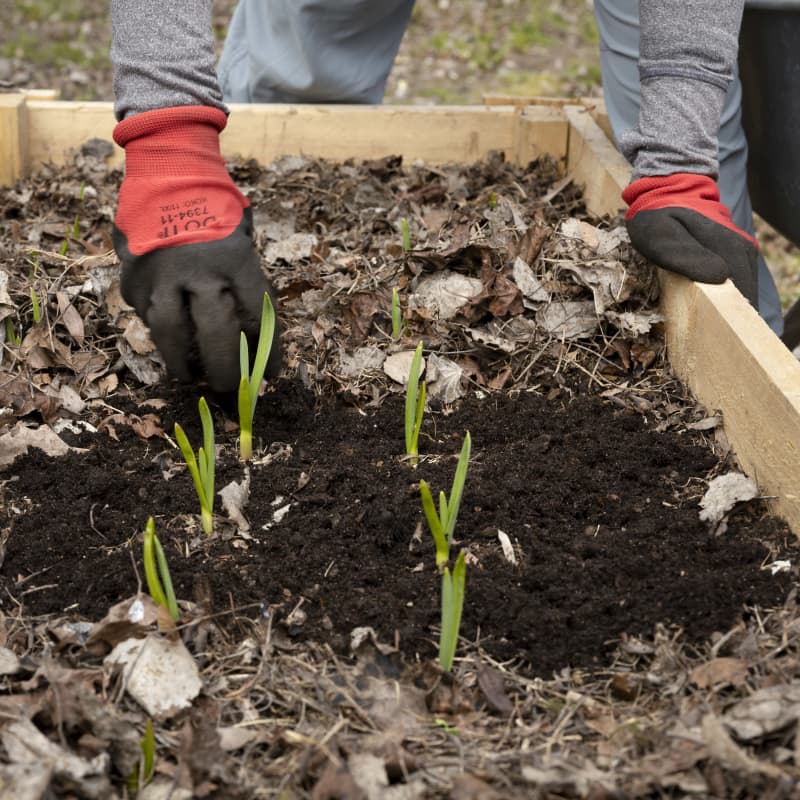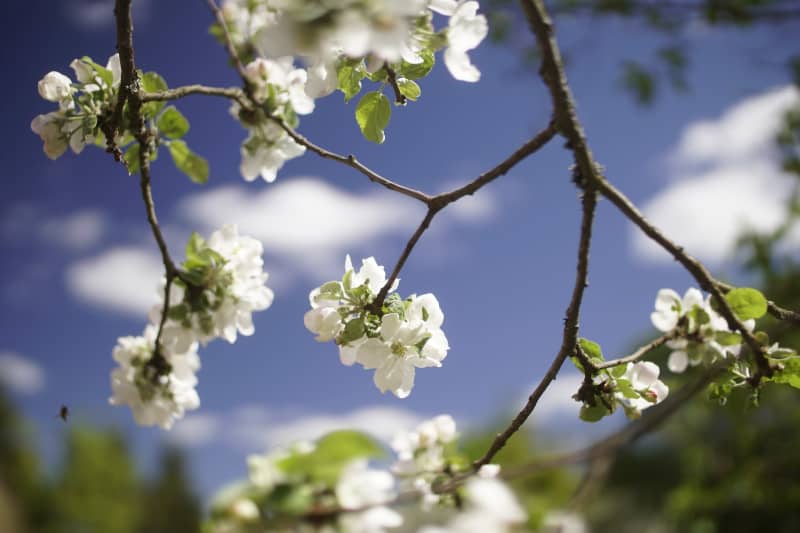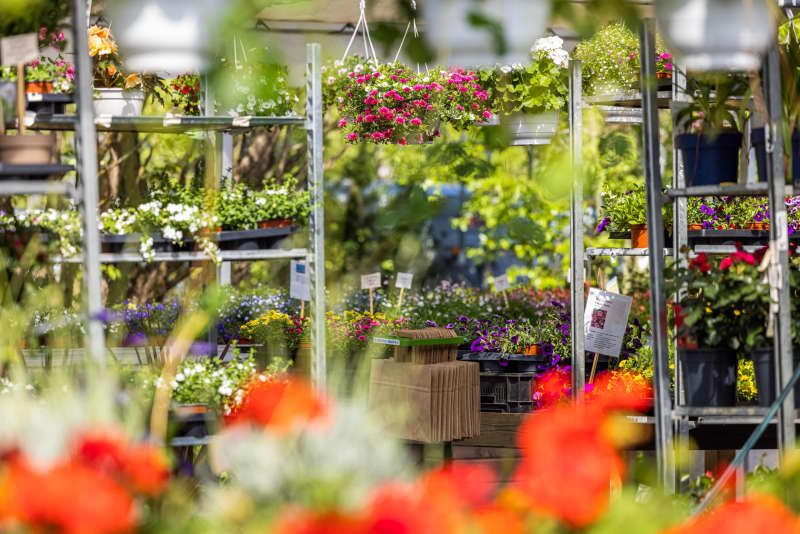
For example, there are restrictions on the import of apple and pear tree seedlings and some ornamental plants even within the EU. When ordering from outside the EU, the restrictions are strict.
As spring progresses, many home gardeners think about what to grow in the yard, balcony or windowsill this year.
Some of the enthusiasts also acquire seeds and plants from abroad – as travel imports or online orders. According to the Food Agency, plant trade takes place between different countries also in social media hobbyist groups, for example.
However, according to the Food Agency, importing plants and seeds involves significant risks from the spread of plant diseases and pests.
Due to the risk of spreading plant diseases and pests, there are restrictions on ordering seeds and plants and bringing them as luggage.
A destructive wildfire can spread through the purchase of seedlings
You can get seeds and plants from other EU countries to Finland quite freely. There are still a few restrictions even within the EU.
– We have to take into account the host plants of fire blight bacteria, such as apple trees, pear trees and a few ornamental plant species, says Aino-Maija Alanko.
Fire burn is a common, devastating bacterial disease in several EU countries. Its symptoms are wilting of the shoots, blackening and the death of the plant.
Plants that can cause fire blight must have a plant passport marked PZ Erwinia amylovora when imported into Finland. This tag attached to the seedling says that the plant comes from an area where fire blight bacteria does not occur.
– We are concerned that, for example, apple tree seedlings are bought from markets in the Baltic countries. Especially if they do not originate from professional production, but possibly from hobbyists and the PZ plant passport cannot be found, they may have a risk of catching fire, says Aino-Maija Alanko.

The import of seed potatoes from other EU countries to Finland is also limited.
Even within the EU, it is also necessary to ensure that the seeds or plants are not included in Finland’s national alien species list. Plant species on the list may not be brought to Finland.
Seeds and plants ordered from Great Britain have been stuck in customs
Obtaining seeds and plants from outside the EU, on the other hand, is considerably more limited. It requires a plant health certificate, which can be laborious and expensive to obtain.
– In a country outside the EU, you need to find a plant health authority and find out what kind of process they use to get a plant health certificate. Often the process is for a fee and it can take longer, like weeks, says Aino-Maija Alanko.
Seeds and plants also have to be cleared and inspected by customs in Finland.
Fire host plants, seed potatoes and conifers are completely prohibited from being imported from outside the EU. Also, plant species classified as harmful alien species in Finland or the EU may not be ordered.
The departure of the traditional garden country, Great Britain, from the EU still causes confusion for some garden enthusiasts. You can no longer order seeds and plants from Britain in the same way as before Brexit a couple of years ago.
– It has come as a surprise to many when the orders have been stuck in customs and there has been no plant health certificate, says Aino-Maija Alanko.
Plant diseases and insect pests can cause extensive damage

According to Aino-Maija Alango, plants and plant products are a truly significant channel through which dangerous plant diseases and pests can spread. The Finnish Food Agency supervises quarantine pests in particular, which include, for example, fire blight bacteria.
– They can cause really extensive damage to the environment, and their economic effects are really significant. If such a dangerous pest arrives here, it may no longer be possible to prevent its spread or eradicate it, says Aino-Maija Alanko.
In Europe, for example, the bacterium Xylella fastidiosa has destroyed large areas of old olive plantations in Italy, and it has also spread to some other European countries. The bacterium probably came to Europe from America with ornamental plants.
On the other hand, in 2015, a pest called the Asian trunk beetle was able to spread to Finland. The pests did not end up in Finland with the living plants, but with the wooden packaging material imported from China. The Asian woodpecker spread into the wild, but the occurrence was eradicated.
Aino-Maija Alanko urges home gardeners to avoid risks and preferably get seeds and plants from Finland or other EU countries. Even in EU countries, you should make sure that you buy seeds or plants from a professional, controlled cultivation.
– There is a risk in plants sold by hobbyists. If it is a controlled professional cultivation, then the plants and seeds have been checked for plant diseases and pests.
The website of the Food Agency has more information for garden enthusiasts about plant health and the conditions under which plants can be ordered and imported from abroad.
